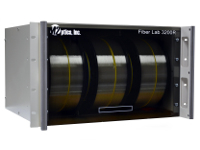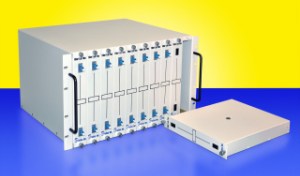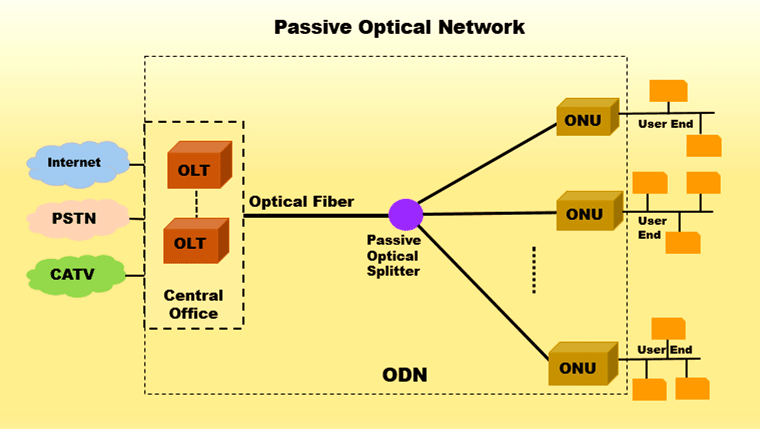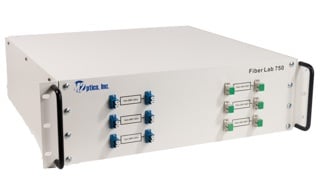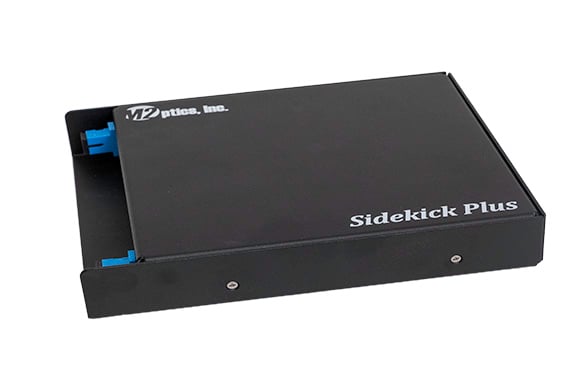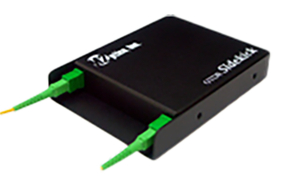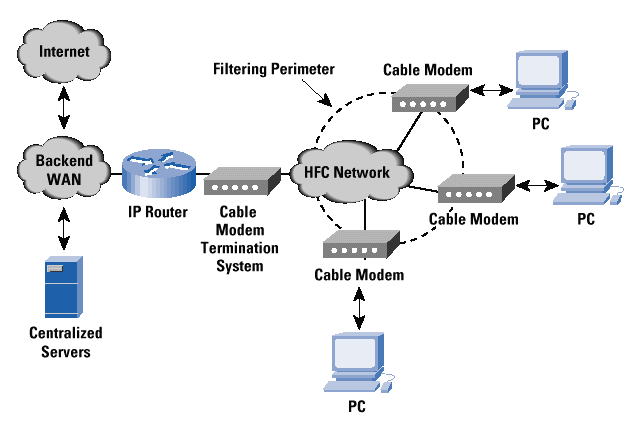For banking and financial companies in the digital age, having reliable and predictable connectivity to markets along with minimal latency is critical to their success. A financial network backbone must ensure a customer’s access to funds, particularly after hours, while delivering an additional layer of security and visibility of the most up to date financial data. But how can a bank or financial institution have confidence that their network will perform as expected? The solution is to accurately simulate field links and latency in a lab environment to validate system performance will be at the high level it needs to be.


